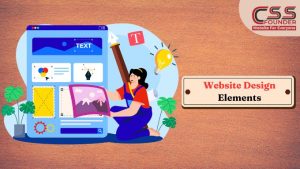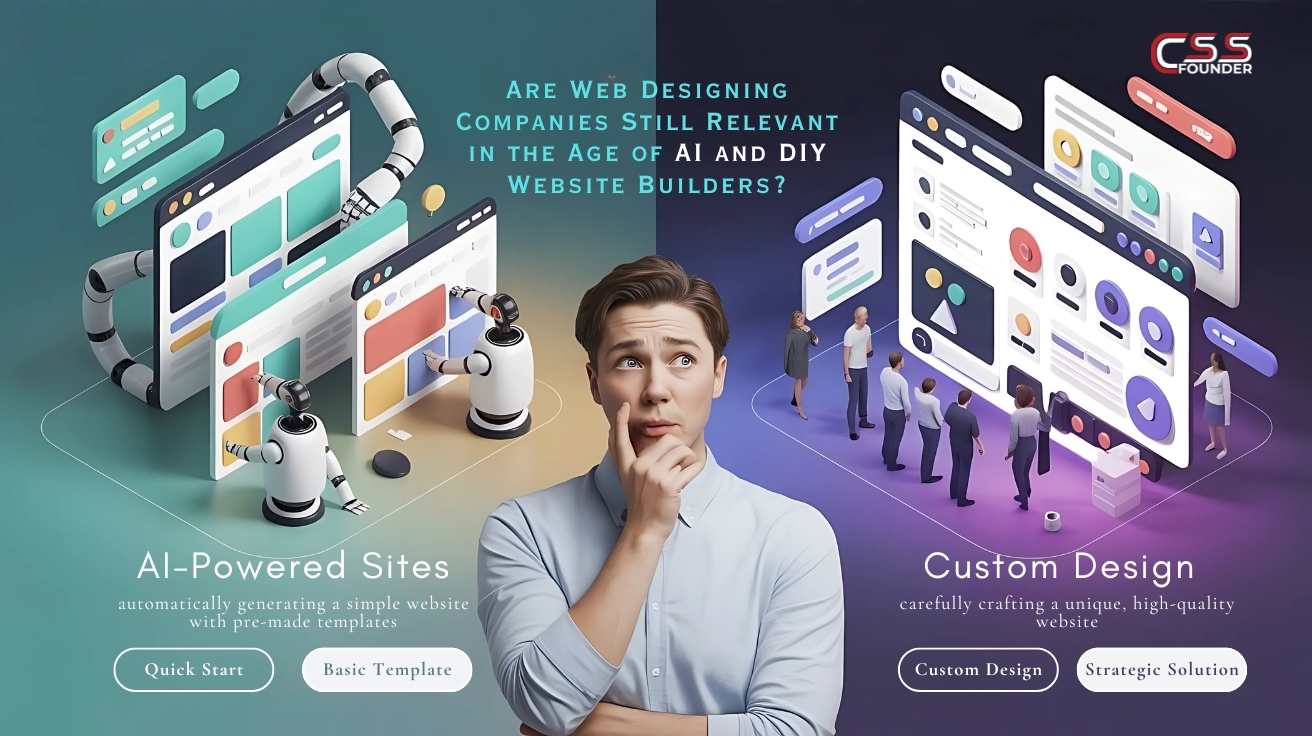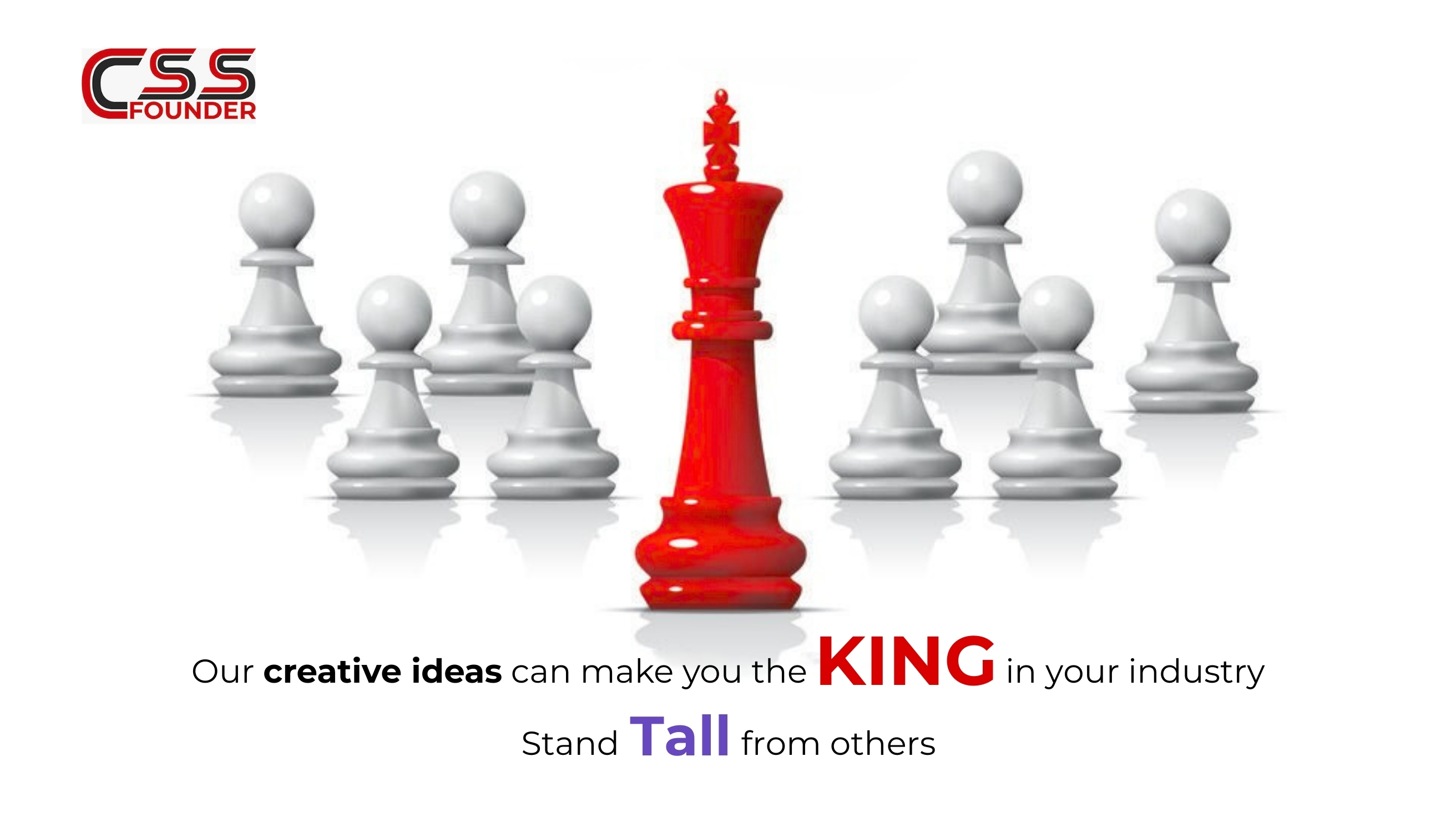Website design plays crucial role for businesses which further helps to elevate there brand . It is often the first point of contact between a business and its potential customers, making it crucial to create a website that not only attracts visitors but also keeps them engaged. To achieve this, there are seven essential elements that every website design should incorporate. In this article, we shall discuss about how to Boost Your Brand with These 7 Must-Have Elements in Website Design

- Responsive Design: Adapting to Every Screen
With the proliferation of mobile devices, it is essential to ensure that your website adapts seamlessly to different screen sizes and resolutions. Responsive design involves using flexible layouts, images, and CSS media queries to create a website that automatically adjusts its layout and content to provide an optimal viewing experience across desktops, laptops, tablets, and smartphones.
By implementing responsive design, you can improve user engagement, as visitors can easily navigate and consume your content regardless of the device they are using. Additionally, responsive design can help reduce bounce rates, as users are more likely to stay on a website that is easy to read and interact with on their preferred device.
- Clear and Intuitive Navigation: Guiding Users Through Your Website
Navigation is the backbone of any website, serving as a roadmap for users to explore your content and find the information they need. A clear and intuitive navigation structure is essential for providing a seamless user experience and encouraging visitors to delve deeper into your website.
When designing your navigation menu, ensure that it is prominently placed, typically at the top or side of the page, and remains consistent throughout the website. Use descriptive and concise labels for menu items, making it easy for users to understand what each section contains. Consider organizing your navigation menu hierarchically, with main categories and subcategories, to help users quickly locate the desired content.
In addition to a well-structured navigation menu, implementing a search function can greatly enhance the user experience. A search bar allows visitors to quickly find specific information without having to navigate through multiple pages. Ensure that the search function is easily accessible and returns relevant and accurate results.
- Compelling Visual Content: Capturing Attention and Conveying Messages
Visuals play a crucial role in capturing attention, engaging users, and communicating messages effectively. Incorporating high-quality images, videos, and graphics into your website design can greatly enhance the overall user experience and help establish a strong brand identity.
When selecting visual content, ensure that it aligns with your brand’s aesthetic and complements the overall design of your website. Use images and videos to break up large blocks of text, illustrate key points, and create an emotional connection with your audience. High-quality visuals can also help convey complex ideas or processes more effectively than text alone.
However, it is important to strike a balance between visual appeal and page load speed. Large image files and videos can significantly slow down your website, leading to a poor user experience and increased bounce rates. Optimize your visual content by compressing images, using appropriate file formats, and considering lazy loading techniques to ensure a smooth browsing experience.
- Engaging and Informative Content: Providing Value to Your Audience
Content is the heart of any website, and its quality and relevance directly impact user engagement and conversions. Your website should offer valuable, informative, and up-to-date content that addresses the needs and interests of your target audience. Ensure that your content is free of grammatical and spelling errors, as poor-quality content can undermine your credibility and professionalism.
To keep your website fresh and engaging, regularly update it with new content, such as blog posts, articles, case studies, or news updates. This not only provides value to your visitors but also helps improve your website’s search engine rankings, as search algorithms favor websites with fresh and relevant content.
- Calls to Action (CTAs): Guiding Users Towards Desired Actions
Calls to action (CTAs) are essential elements in website design that guide users towards taking desired actions, such as making a purchase, filling out a contact form, or subscribing to a newsletter. Well-designed CTAs can significantly increase conversion rates and help achieve your website’s goals.
When incorporating CTAs into your website design, ensure that they are prominently placed and easily noticeable. Use action-oriented language that clearly communicates the benefits of taking the desired action, such as “Sign Up for Exclusive Offers” or “Download Your Free Guide Now.” Make sure your CTAs stand out visually by using contrasting colors, bold typography, or eye-catching design elements.
Consider placing CTAs strategically throughout your website, such as above the fold on the homepage, at the end of blog posts, or within product or service pages. However, avoid overusing CTAs, as too many can overwhelm users and lead to decision paralysis.
- Mobile-Friendly Features: Optimizing for the visitors
In addition to responsive design, incorporating mobile-friendly features can greatly enhance the user experience for visitors accessing your website on mobile devices. With the increasing use of smartphones and tablets for browsing the web, it is crucial to ensure that your website is optimized for mobile users.
One key aspect of mobile-friendliness is page load speed. Mobile users expect websites to load quickly, and slow loading times can lead to high bounce rates and a poor user experience. Optimize your website for mobile by compressing images, minimizing HTTP requests, and leveraging browser caching to reduce load times. Additionally, ensure that your website’s navigation menu is easy to use on mobile devices, with clear and concise labels and a responsive design that adapts to different screen sizes.
- Accessibility: Provision for a Diverse Audience
Creating an accessible and inclusive website is not only a legal requirement in many jurisdictions but also a best practice for providing a positive user experience for all visitors. Web accessibility involves designing and developing websites that can be used by individuals with disabilities, including those with visual, auditory, motor, or cognitive impairments.
In addition to accessibility, consider the diverse needs of your audience when designing your website. This includes accommodating different language preferences by offering multilingual content or translation options, being mindful of cultural sensitivities and nuances, and providing content that caters to varying levels of technical expertise.
Conclusion
Incorporating these seven must-have elements into your website design is essential for creating an engaging, effective, and inclusive online presence. By prioritizing responsive design, clear navigation, compelling visuals, informative content, calls to action, mobile-friendly features, and accessibility, you can develop a website that not only attracts visitors but also keeps them engaged.
However, website design is an ongoing process that requires continuous monitoring, testing, and refinement. Regularly assess your website’s performance using analytics tools, conduct user testing to gather feedback, and make data-driven decisions to optimize your website’s design and content. By staying attuned to the evolving needs of your audience and the latest web design trends, you can ensure that your website remains a valuable asset in achieving your business goals.





.png)


